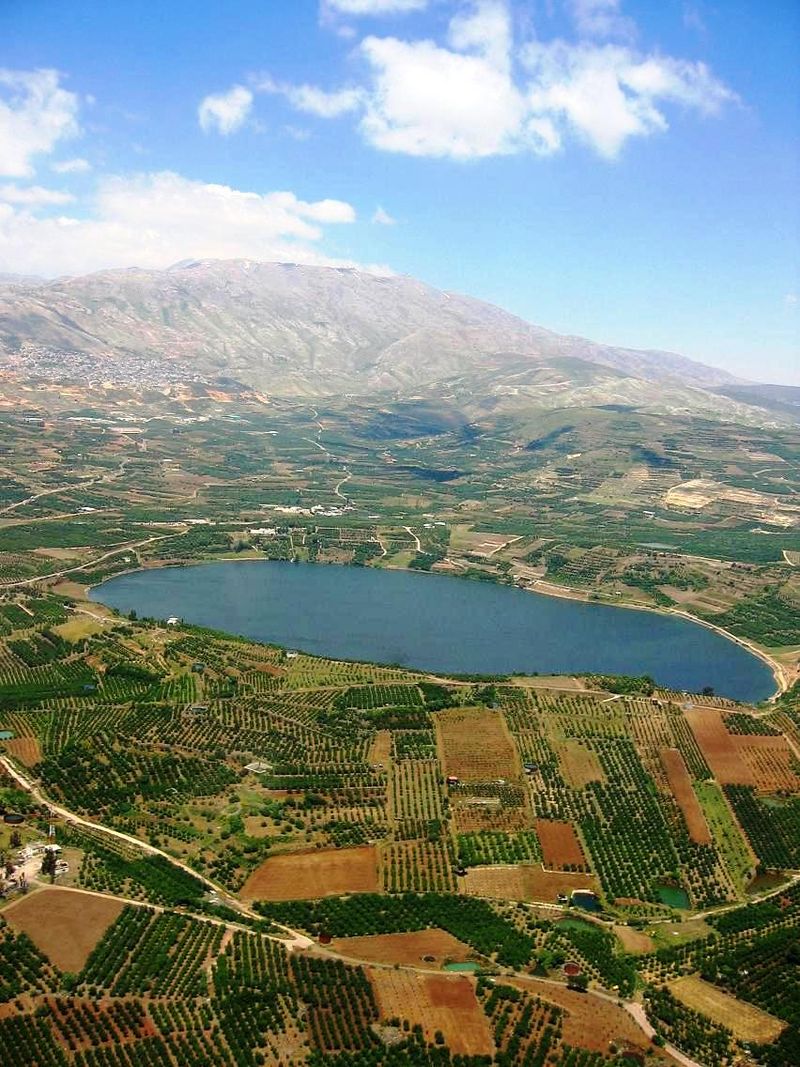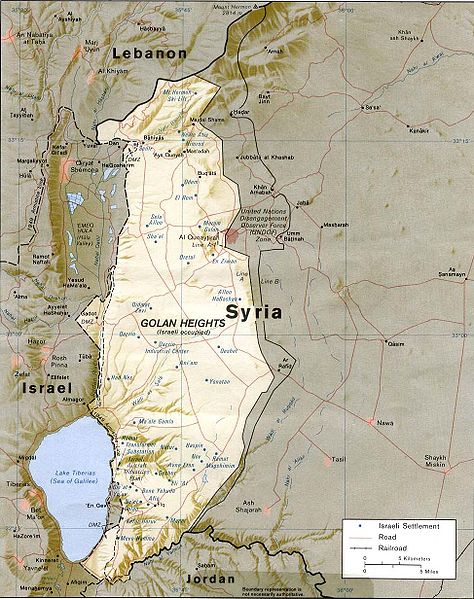Fifty years ago today on July 14, 1967, Jews returned to the Golan Heights, building a town in the region.
Between 1948 and 1967 while the Golan Heights was under Syrian control, the Syrians used the region as a military stronghold, randomly sniping at Israeli citizens. Syria allowed the terrorist organization Fatah to operate in the region, carrying out attacks on Israelis and laying mines throughout the area. Syria was not using this region for the good of its people, but instead to terrorize Israel. In 1966, Israel requested that the United Nations denounce the Fatah attacks. In response, the Syrian ambassador said “It is not our duty to stop them, but to encourage and strengthen them.”
Four days after the Six Day War began on June 5, 1967, Israeli forces moved in on the Syrian military in the Golan. On June 10, 1967, one day after their arrival, Israel assumed complete control of the region. Israeli control of the strategic mountain region helped secure the Jewish state from the Syrian threat. Syria tried to recapture the region six years later in the Yom Kippur War but failed. After the war, Syria signed a disengagement agreement that left the Golan Heights in Israel’s control.

On December 14, 1981, the Knesset voted to extend civilian law to the Golan Heights which was previously under military authority since 1967. Syria has abided by the ceasefire agreement with Israel mainly because of the proximity of Israeli artillery to Damascus, but Syria continues to fund and harbor terrorist organizations that carry out attacks on Israel from Lebanon and other areas.
Despite the history, the international community still views this region as an “occupied territory.” For some, this stems from anti-Semitism that disregards the facts and Syria’s use of the region’s high ground to attack Israel.
Today, there are around 17,000 Druze residents and 14,000 Jewish residents in the Golan heights. Israel invests heavily in upgrading electric and water infrastructure that was left in disrepair by successive Syrian leaders. All residents enjoy freedom of religion, the right to fair trials and to run for office, access to Israeli welfare, healthcare, and social security programs, and every other right available to citizens throughout Israel.
In fact, many of the 17,000 Druze are relieved they now live in Israel rather than Syria, especially because of the Syrian Civil War. Many maintain their Syrian ties, but so far around 30% have become Israeli citizens. The broad support for Israel among Golan Heights residents, especially the Druze majority, further bolsters Israel’s claim to the region.

The journey of the relationship between the Golan Heights and the Jewish people has come full circle. In 1891, Baron Edmonde de Rothschild purchased 20,000 acres of land from the Ottoman Empire. In 1942 the Syrian government illegally confiscated the land. In 1957 the deeds were transferred to the Jewish National Fund by Baron Edmonde’s son, Baron James de Rothschild, and from there they were transferred to the Land office of Israel. Today they are stored in Israel’s Ministry of Foreign Affairs.
Archaeology shows clearly that Jewish ownership of land in the region dates back well before the 1890s, all the way to biblical times. It was promised to Abraham and later became part of the tribe of Menashe by Moses’s division of the Land. Many events and battles took place in and around the Golan and there are many famous sites such as the fortress of Gamla and the Jewish town of Qasrin. Ruins of around twenty-five synagogues have been discovered dating from after the destruction of the Temple; mosaic inscriptions depict peaceful and uninterrupted Jewish life in the Golan until the Middle Ages.
Today we celebrate the modern return of Jewish life to the region, but we also must remember that the Jewish history of the Golan Heights dates back millennia.
Contributed by CAMERA Intern Jake Greenblatt
